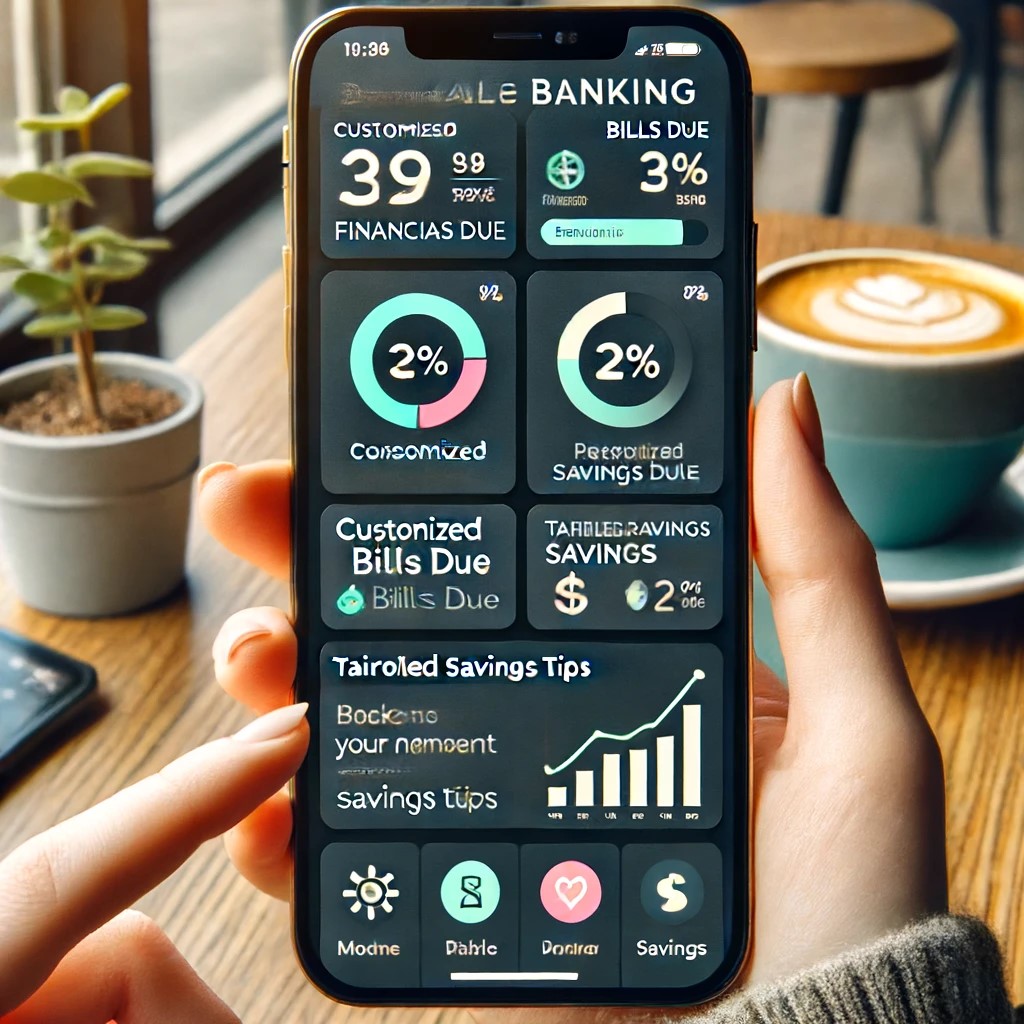In the evolving landscape of the banking industry, personalized banking has emerged as a pivotal trend, reshaping how banks engage with customers. Driven by the surge in digital technology and data analytics, banks are now able to offer tailored services and products that meet individual customer needs, enhancing the overall banking experience. This article delves into the role of data in personalizing customer experiences, highlights current trends, and predicts future developments in personalized banking.

The Role of Data in Personalized Banking
Data is at the core of personalized banking. By leveraging large volumes of data collected from various touchpoints, banks can gain deep insights into customer behavior, preferences, and financial needs. Advanced analytics and machine learning algorithms process this data to predict customer needs, providing opportunities to offer customized products and services. This approach not only boosts customer satisfaction but also enhances loyalty and increases the profitability of banks.

Current Trends in Personalized Banking
1. Customized Product Offerings:
Banks are using data to develop customized financial products for individual customers. For example, based on spending patterns and savings goals, banks can offer personalized savings plans or tailored investment advice. This level of customization was unimaginable a decade ago but is now increasingly becoming a standard expectation among consumers.
2. Enhanced User Experience with AI:
Chatbots and virtual assistants, powered by AI, are revolutionizing customer interactions in banking. These tools provide instant responses to customer queries and are capable of handling complex banking transactions, which adds convenience and improves user experience.
3. Mobile Banking Personalization:
Mobile banking apps are becoming more personalized. These apps now offer customized dashboards based on the user’s most frequent actions or features, suggest financial tips based on spending habits, and even integrate personal finance management directly into the banking interface.

Future Predictions for Personalized Banking
1. Integration with IoT Devices:
The future of personalized banking could see greater integration with Internet of Things (IoT) devices. For example, smartwatches could provide not only real-time alerts for financial transactions but also suggestions based on geographic location directly linked to spending habits or available offers.
2. Hyper-Personalized Financial Coaching:
Future advancements in AI will allow banks to offer hyper-personalized financial advice. Banks could act more like financial coaches, using data to provide bespoke advice not only on saving and investing but also on spending and debt management.
3. Ethical Use of Data:
As banks harness more personal data, the ethical use of this data will come under greater scrutiny. Banks will need to navigate the fine line between personalization and privacy, ensuring data is used responsibly and transparently to maintain trust.
Conclusion
Personalized banking, driven by sophisticated data analytics and digital technologies, is setting new standards in the financial services industry. As banks continue to innovate, the focus will likely remain on delivering more refined, customer-centric services that cater to the individual needs of each customer. This approach not only enhances customer experiences but also drives business growth by fostering deeper customer relationships and loyalty.





